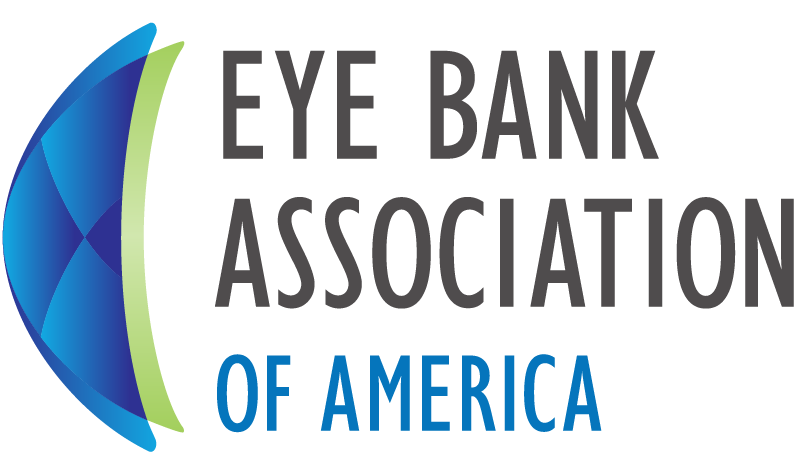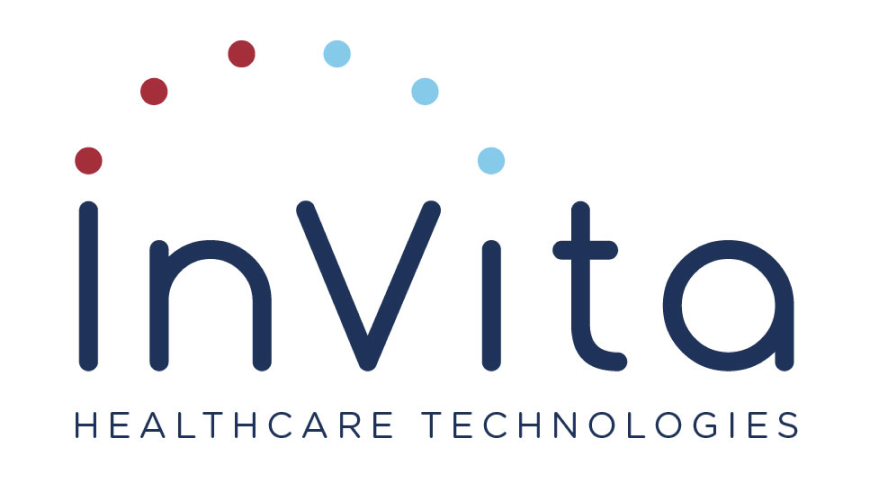While donated corneas are almost always recovered with the intent for transplant, a number of factors can disqualify the corneas for surgical use. Some of these factors include the donor’s medical history; individuals with communicable diseases such as HIV, syphilis or hepatitis, or other health issues, are precluded from donating. Alternately, the eye bank’s examination of the tissue after recovery may indicate that the cornea is not suitable for transplant.
Since each cornea is a gift given by the donor or with permission by the donor’s family, EBAA members strive to ensure that all the corneas and eyes that are recovered are put to a beneficial use. Some of these alternative uses include:
Research and Education
A number of diseases affect the cornea and can temporarily or permanently disrupt vision; these include corneal infections and injuries, ocular herpes, and diabetes. Researchers need donated corneas to investigate the causes of these diseases and to develop better treatments for them, as well as ways to enhance corneal healing. Corneas that are not suitable for transplant are provided to researchers for this purpose. These corneas may also be used to train medical students, ophthalmologists and eye bank technicians in the latest transplantation techniques and procedures.
Glaucoma Treatments
Glaucoma is often associated with increased fluid pressure in the eye, resulting in nerve damage to the retina. One treatment to relieve the pressure involves the placement of a shunt; a small tube is inserted into the eye to allow fluid to drain from the eye. Because the tube extends above the surface of the eye, the physician covers the end of the tube with a small piece of tissue to make blinking and eye movement more comfortable. These covers can be made from segments of cornea or sclera (the white of the eye).
Whole Eye Recoveries
Many diseases that cause blindness or vision loss affect parts of the eye other than the cornea. There are a number of organizations and researchers who study these diseases, and they need whole eyes on which to work. While these organizations generally conduct their own recoveries, sometimes individuals with these diseases pass away in areas that are not practical for the researchers to conduct a recovery. In these cases, they will call on the local eye bank to obtain the entire eye and ship it to their research facilities for examination.


